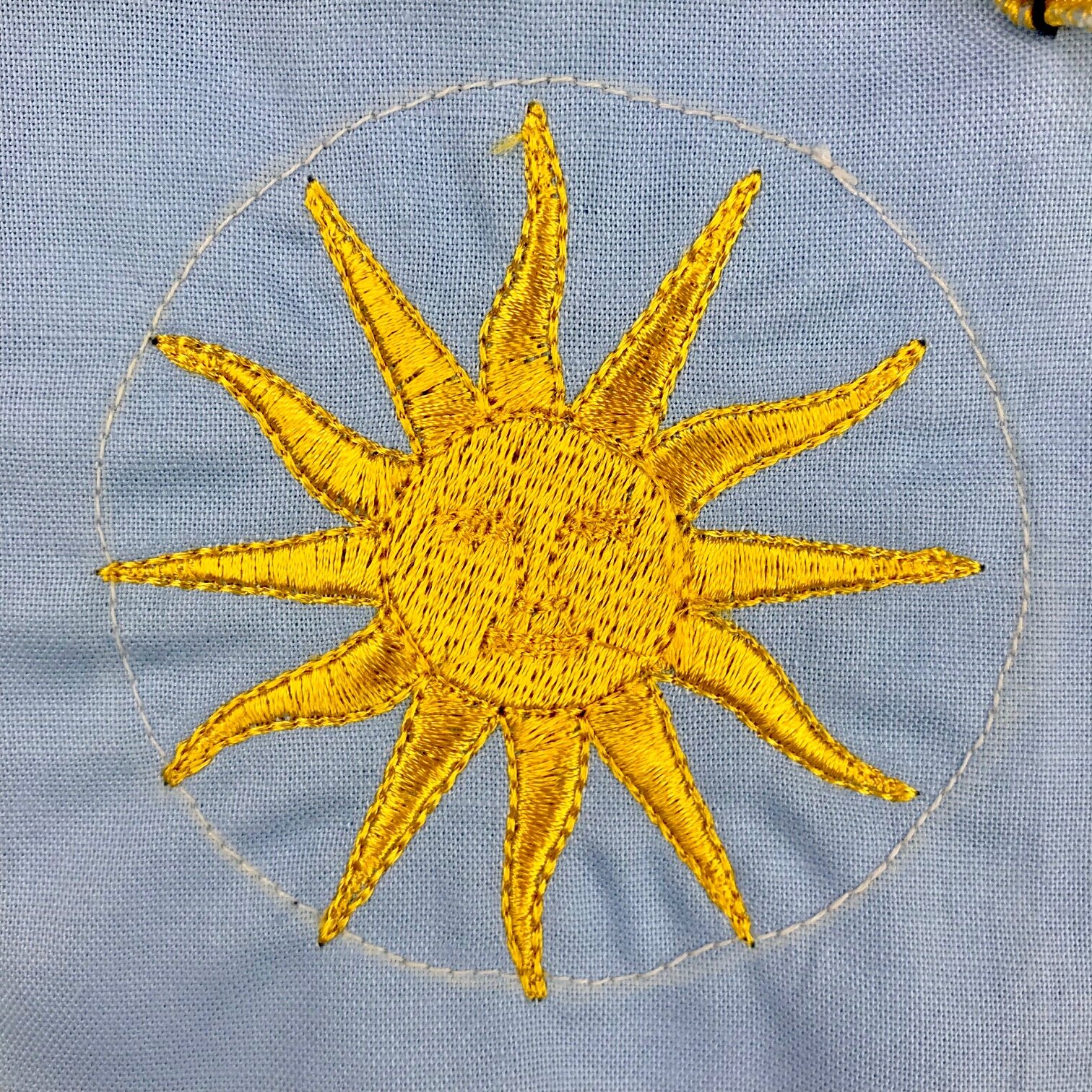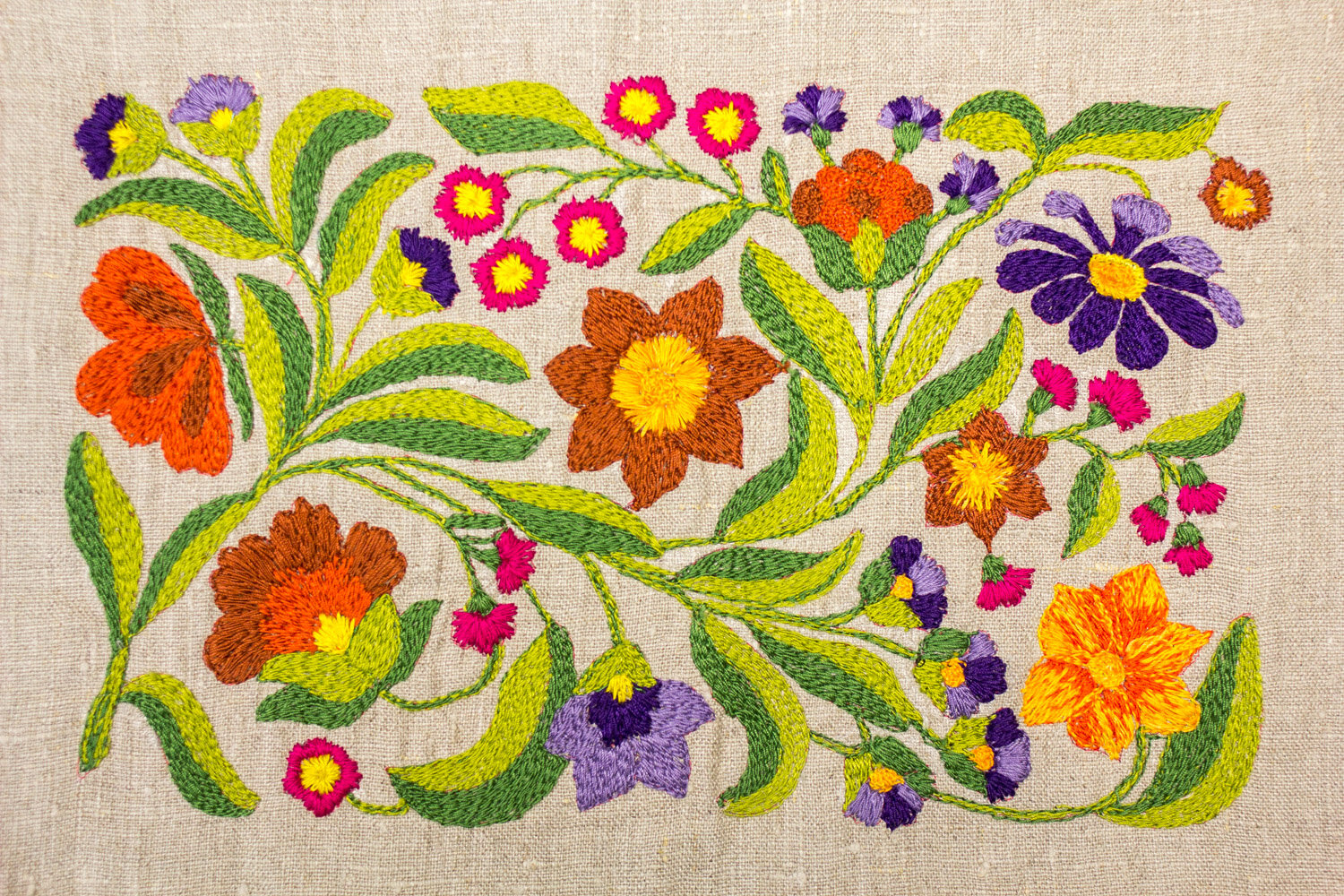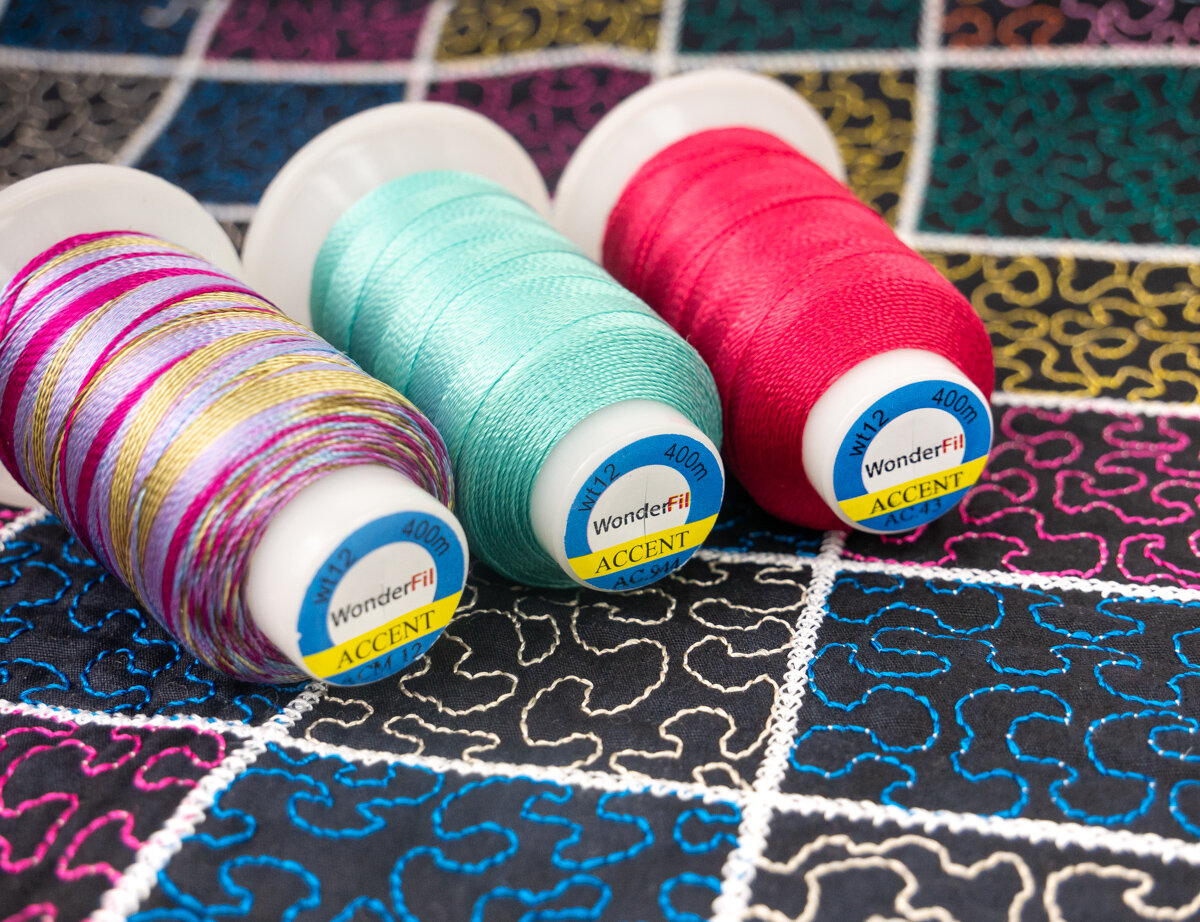5 Clever Sewing Tips You May Not Have Thought Of!
Maura Kang
We have 5 of our favourite sewing tips, perfect for any sewist. These clever tips can help run your sewing room more efficiently and improve your projects!
1. This seam remover from Kai Scissors can be your new best friend! When you have to rip out your seams, carefully use this tool to cut speedily through the stitches. It will save you so much time!
2. When you are cutting small pieces out of a pattern, instead of using pins, try using Wonder clips to hold together the pattern pieces to the fabric. This way not only it will hold together the pieces firmly, but you will also have something to grab on to while cutting such delicate pieces.
3. Have you ever used cork or leather for a project and experienced big holes whenever you tried to pin them together? Plus those heavy weight materials always make it difficult for pins to go through, too! In this case, try using Wonder clips instead of pins. They can hold your material together without leaving any holes in your project!
4. How do you store your cutting mats? A good way to store them flat is to hang them using binder clips. This way, the cutting mat doesn’t take up too much space and also can prevent it from getting warped when it leans against the floor and a wall.
5. Do you ever find it hard to organize all your hand needles in the correct sizes and sometimes forget which one is the one you were looking for? Take an old pin cushion and mark each section with the needle sizes that you use. When you pull one out to put in your machine, mark the spot with a decorative pin!
Ready to start sewing? You can find a list of stores that carry WonderFil threads on www.shopwonderfil.com/shop-local/. You can also sign up to receive weekly sewing tips, free patterns, and tutorials in our newsletter. Register by clicking here! You can unsubscribe at any time by clicking the unsubscribe button on the footer of every email you receive.








































































